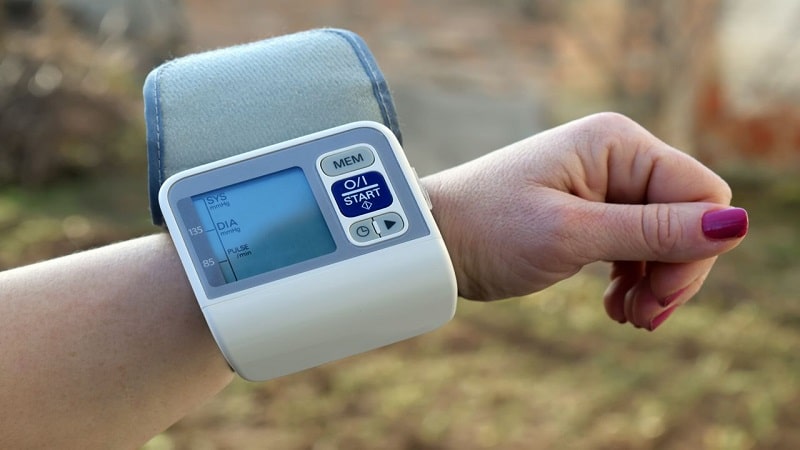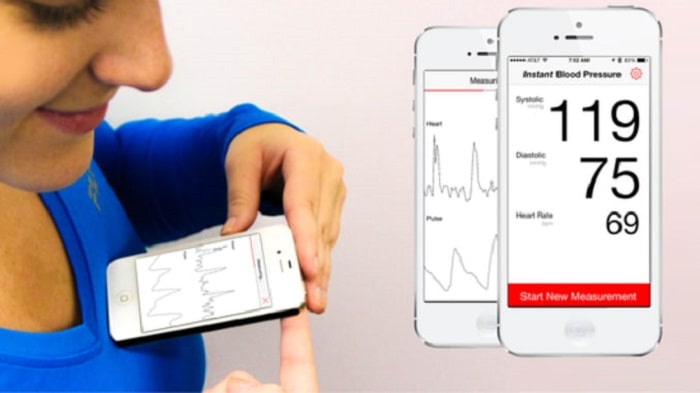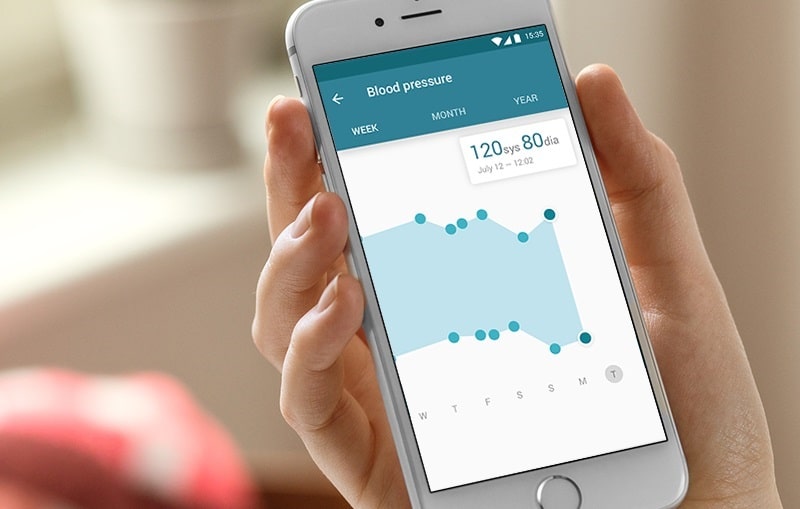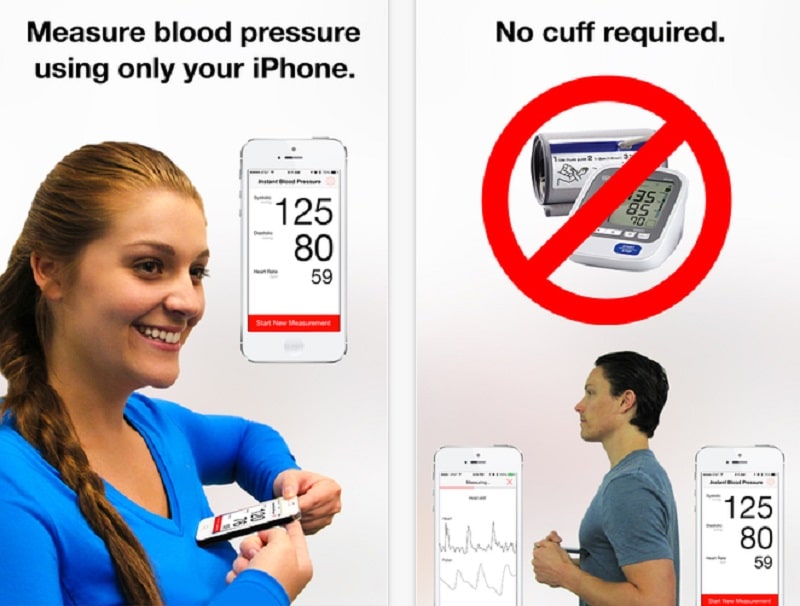It is said that the beginning of health is to know the disease. But did you know that many people live without knowing that they suffer from low or high blood pressure? High blood pressure, especially, is a killer! It can trigger a stroke or a heart attack.
Most people attribute their ignorance to a lack of blood pressure cuffs or machines. If you are in this group of people, quit today. There are other methods of measuring blood pressure even without the cuff. Though not as accurate, they can be of great help. Keep reading to learn more about these alternative ways.
Contents
It begins by keeping your hands facing upwards. From one of your hands, pick two fingers (Preferably index and middle) and place them on the wrist of the other hand. Never contemplate using your thumb. Its strong pulse rate may interfere with the results.

Using the two fingers, try and locate the radial pulse often found under the thumb. If the systolic blood pressure is more than eighty, you will feel it. In case you don’t feel the pulse, it means that your systolic readings are below eighty, which is also standard.
Repeat the process sometime later in the day after being active. It is at this stage that one can notice if they have low or normal blood pressure. If the pulse is undetected, there is a high chance you are suffering from low blood pressure. Low blood pressure can lead to fainting and dizziness as it deprives your body of oxygen. Find help from your doctor.

This method is limited to only testing low blood pressure. You will not know if you have high blood pressure. Moreover, it does not give you any iota of information about the diastolic pressure. Diastolic pressure is the pressure between beats in your arteries.
While using this method, keep calm. Any tensions or nervousness could make you get a wrong reading. Breath in and out before you begin the process.
Go to the app store or play store of your smartphone and search for a blood pressure measuring or monitoring app. You will find an array of apps. To choose the best blood pressure monitoring app, read reviews. Reviews will help you know the experience of previous users. Your pick ought to be an app with more than three stars rating. The best blood pressure monitoring apps also have the most downloads.

The next step is to download the app. Open the app and read the directions. At the back of your phone, place your index finger on the camera. These apps base their blood pressure readings on the photoelectric pulse wave signals. Keep your index finger on the camera until you receive a message from the app that the process is complete. Then record the readings.
If the app gives a reading of 120/80, it shows that your blood pressure is normal. Readings between 120-139/90-99 show prehypertension. Prehypertension should caution you that you need to make remedies to your lifestyle.

Readings in the range of 140-159/90-99 show stage 1 hypertension. You should seek help from your doctor to receive a plan on how to lower blood pressure. Readings of 160/100 or higher show that one is suffering from stage 2 hypertension. At this stage, you will have to take blood pressure medicine to return your blood pressure to normal. The top numbers state the systolic pressure. The bottom ones show the diastolic pressure.

These cuff less methods are in their early stages of growth. Before taking a reading without a cuff, it’s imperative that you visit a drug store or a health clinic to have your blood pressure tested with the cuff. This will assist you in making a comparison of the results with the cuff and without the cuff. Ensure you keep a record of all the results you gather before seeking treatment from your doctor.
It’s vital to be very mindful of the symptoms that could tell you that your blood pressure is not okay. If you notice symptoms such as a buzzing ear, fatigue, irregular heartbeats, or blurred vision, it’s critical that you run the above tests.
 |
 |
 |
 |
Check These Out